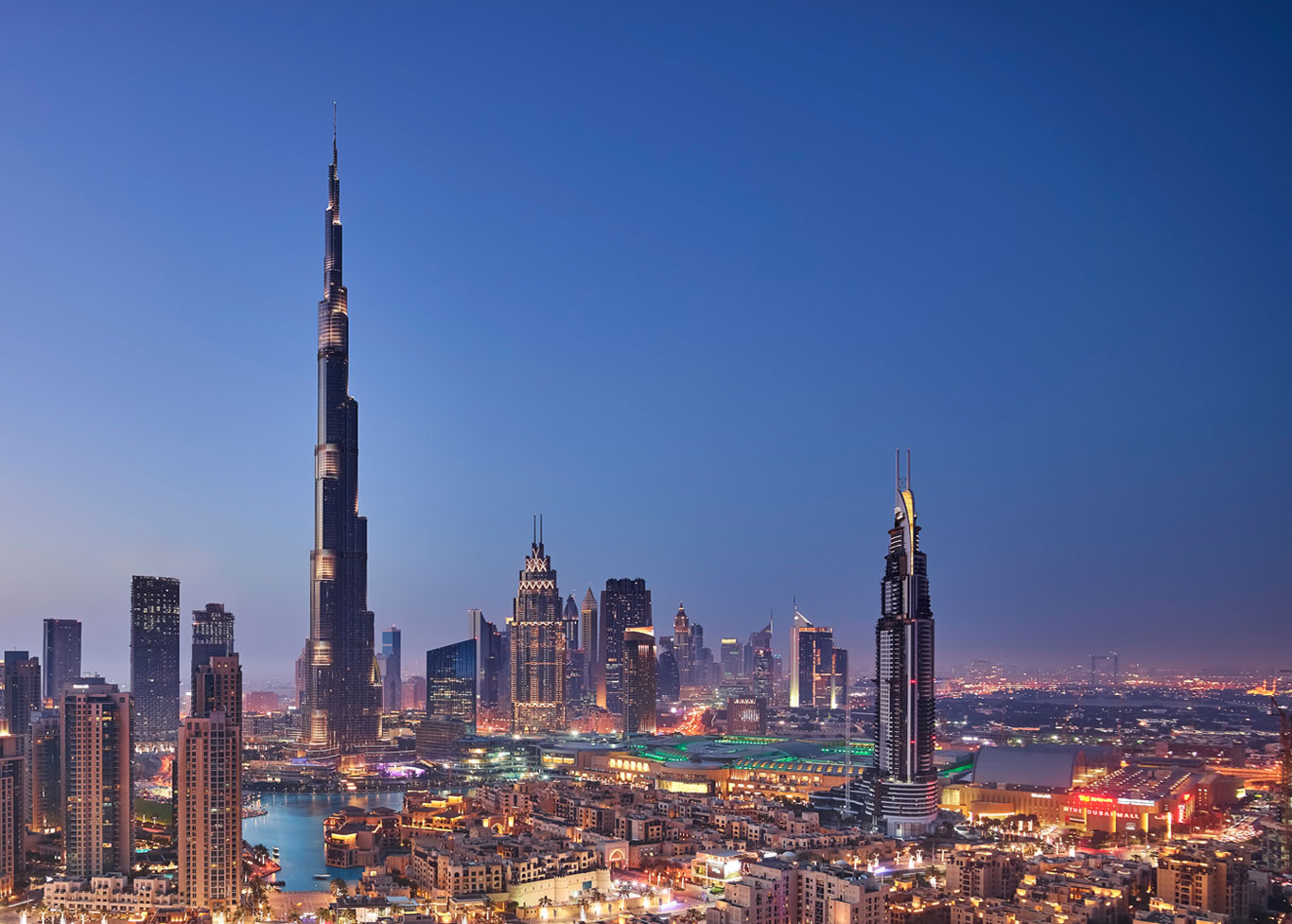Question: Is there a city that stood out, or that you found especially memorable? Why? Does any city remind you of a city you have lived in or visited, and if so, in what ways?
From there, after six days and seven nights, you arrive at Zobeide, the white city, well exposed to the moon, with streets wound about themselves as in a skein. They tell this tale of its foundation: men of various nations had an identical dream. They saw a woman running at night through an unknown city; she was seen from behind, with long hair, and she was naked. They dreamed of pursuing her. As they twisted and turned, each of them lost her. After the dream, they set out in search of that city; they never found it, but they found one another; they decided to build a city like the one in the dream. In laying out the streets, each followed the course of his pursuit; at the spot where they had lost the fugitive’s trail, they arranged spaces and walls differently from the dream, so she would be unable to escape again.
This was the city of Zobeide, where they settled, waiting for that scene to be repeated one night. None of them, asleep or awake, ever saw the woman again. The city’s streets were streets where they went to work every day, with no link any more to the dreamed chase. Which, for that matter, had long been forgotten.
New men arrived from other lands, having had a dream like theirs, and in the city of Zobeide, they recognized something from the streets of the dream, and they changed the positions of arcades and stairways to resemble more closely the path of the pursued woman and so, at the spot where she had vanished, there would remain no avenue of escape.
The first to arrive could not understand what drew these people to Zobeide, this ugly city, this trap.
—Italo Calvino
Among the various cities that Calvino writes about in Invisible Cities, I find Zobeide the most fascinating and mysterious for me. Instead of shedding much light on what the city itself looks like, Calvino uses a metaphor to describe how it was established. Zobeide was constructed by men going there in search of a woman in their dreams, and contains a lot of dead-end paths intended to cage the woman, thus becoming the “ugly city” and the “trap” it is. In my opinion, the woman is a metaphor for unfulfillable desires, and by building Zobeide, the men forgot what they were really looking for in life, but instead got lost in their own greed.
In the center of Fedora, that gray stone metropolis, stands a metal building with a crystal globe in every room. Looking into each globe, you see a blue city, the model of a different Fedora. These are the forms of the city could have taken if, for one reason or another, it had not become what we see today. In every age someone, looking at Fedora as it was, imagined a way of making it an ideal city, but while he constructed his miniature model, Fedora was already no longer the same as before, and what had been until yesterday a possible future became only a toy in a glass globe.
The building with the globes is now Fedora’s museum: every inhabitant visits it, chooses the city that corresponds to his desires, contemplates it, imagining his reflection in the Medusa pond that would have collected waters of the canal (if it had not been dried up), the view from the high canopied box along the avenue reserved for elephants (now banished from the city, the fun of sliding down the spiral, twisting minaret (which never found a pedestal from which to rise).
On the map of your empire, O Great Khan, there must be room for both the big, stone Fedora and the little Fedoras in glass globes. Not because they are equally real, but because all are only assumptions. The one contains what is accepted as necessary when it is not yet so; the others, what is imagined as possible and, a moment later, is possible no longer.
—Italo Calvino
It is interesting that Calvino chooses to present a general feel for each city more than explicitly describing what it looks like. He writes more about the people than the cities themselves, which leaves much room for different understandings of what each city represents, and audience could have very different perceptions of the same city. Personally, the city of Fedora somehow reminds me of Shanghai. Fedora has a museum that contains all its people’s fantasies of what the city could look like, yet before any of them could come true, the city became something else, and thus fantasies remained fantasies forever. To me, it metaphorically points out that no one could ever predict the development of a city, while it is nothing but people’s expectations for a city that it is built upon. Every city is a result of the collective expectation. Shanghai, in this sense, is a city full of traces from different times in history. You can see modern skyscrapers and ancient traditional Chinese style buildings in one sight. It reflects how the city has been shaped by people’s different expectations for the future over time and becomes what it is now.












